Guest Post: Pamela Hart – How Bigamy Inspired the War Bride
May 13, 2016
If you haven’t read THE WAR BRIDE yet, today’s guest post by Pamela Hart might just convince you to race out and grab yourself a copy. You can read my review here. Pamela is a meticulous researcher and in the process of planning this book, found some fascinating real-life data in our history that eventually fed into and inspired the story. This challenge is faced by Margaret, the protagonist in THE WAR BRIDE upon arriving in Australia. I am so pleased to welcome her to LOVEthatBOOK! so she can share some of those discoveries today.
How Bigamy Inspired the War Bride by Pamela Hart
When I was writing THE WAR BRIDE, people would ask me what it was about. I would say, ‘It’s about this woman Margaret, who marries an ANZAC soldier in England during the war, and comes out to Australia as a war bride, but when she gets here the Army tells her that he was already married, that her marriage was bigamous.’
And it was astonishing how often the person I was talking to would say, ‘My grandfather/grandmother/great-grandfather was a bigamist.’
The stories were fascinating. In one notable case, it was proper bigamy and the two wives and families didn’t find out about each other until the day of the funeral! But in most cases, the grandparents had separated but not divorced, then gone on to marry again as though the divorce had happened.
When we hear about bigamy nowadays, it’s usually a case where one spouse (typically the male) has lied to both other parties (usually both women). And in our society’s judgement, the problem – the sin, if you like – is in the lies. That is, we condemn the bigamist for deceiving women who loved him; for lying, for a kind of double adultery. That attitude, interestingly enough, mainly came out of World War I.
Before the Great War, most cases of bigamy were people who not could afford a divorce. An actual divorce cost the equivalent of three to five months’ salary for most people. Quite often they kept in touch (especially if children were involved). There may well have been anger and resentment towards the other, as there is in divorce cases now, but on the whole it was just a de facto divorce. Most second wives and husbands knew about the first.
But then we sent all these young men overseas to fight for years at a time, to places where brothels were full of gonorrhoea and syphilis. Frequently, leave was to places where young men were away at the battlefield, leaving the girls lonely and ripe for romance. A lot of our young men were already married. But how was a young English or French girl supposed to know that?
In fact, if she had known, she could have asked to look at the man’s paybook, because in the front of that it stated the next of kin and the relationship: for example, Mrs Annie Carter, wife. And then she would know that Private Carter certainly shouldn’t have been doing or saying the things he had been!
Some vicars in England used to give sermons about this, warning the girls – and rightly so: there was one Australian digger who married EIGHT French girls.
EIGHT WIVES Australian Soldier’s Alleged Bigamy
(Reuters Telegram) PARIS Friday. Describing the French women’s success in captivating American and British soldiers, the “Petit Journal” alleges that one Australian was married eight times in France. He went through the ceremony in each sector where he was stationed.
That case was even mentioned in Parliament and made the international news.
After the war, the number of bigamy cases spiked enormously.
SOLDIERS’ BIGAMY
JUDGE INCREASES PUNISHMENT “Unfortunately the crime of bigamy is rampant at the present time,” remarked Mr. Justice Bray, at the Maidstone Assizes, England, when 13 cases came before him, these following on 20 charges at Manchester a few days previously.
Thirty-three cases in a week. Think about that. Thirty-three. And in most of these cases, the second wife didn’t know about the first. The case below is a good example.
MANY BIGAMY CASES
There was a crop of bigamy cases at York Assizes, England, in December. The case of Robert Grainger (40), soldier, it was stated that the prisoner was a married man, with seven children. He met Saxelby when stationed at Tinsley, near Sheffield, and his defence was that he was ill in hospital when he found that Miss Florence Maud Saxelby (with whom the bigamous marriage was contracted) was in a certain condition, and he had not the moral courage to tell her he was a married man.
In this case, the soldier got her pregnant and in those days, if you got a girl pregnant, you married her… Not the moral courage to tell her, indeed!
My favourite of the bigamy cases I found in the newspapers, however, is this one:
BIGAMY ADMITTED
SYDNEY Thursday. According to evidence in the Central Police Court to-day, Donald Carne Grant, a lorry driver, called at the Central Police Station and said that he had committed bigamy, and wished to give himself up. Later he called again and asked if a warrant was made out. When it was read over from top to bottom to him, he said, “Yes, that is right. I want to get it over. I have done the best I could for both women. I have kept them both.”
It was alleged that his wife, Helen McGregor Grant, whom he married in Aberdare in 1911, and by whom there were three children, was still alive when he went through the form of marriage with Ivy Adelaide Woodley, in 1917. The latter appeared in court, with a baby in her arms.
Grant was committed for trial.
I can’t help but feel that he just wanted to get to prison and get away from both of them! That it was all just too much, and presenting himself to the police looked like the best escape. I love the fact that, after he’d made his original statement, he rang up the police, effectively to say, “Hurry up!” The question I have is: was it Ivy or Helen he was running away from, or had they joined forces?
There has always been more disapproval of a man who was a bigamist, because traditionally it has been easier for a man to get a divorce.
But often they didn’t want one. It was cheaper – not only the cost of the divorce, but if the courts specified alimony, which they usually did, then the ex-wife could compel him to ante up. But if he just walked out and left her – nothing. The courts took no real notice of a man leaving his family to starve. And a woman who is just scraping by after her husband walks out on her wasn’t able to afford a divorce.
One of the most interesting pieces I read about divorce and bigamy suggested that the rise of Methodism had changed the working class practice of marriage significantly. Prior to Wesley, many of the lower reaches of society didn’t bother to get married in the first place, making ‘divorce’ simply a matter of moving out. Marriage was reserved for those with property, as marriage was intended to ensure the proper devolution of property – that is, for the husband to be sure that his children were his own, and therefore entitled to inherit. The whole insistence on female ‘virtue’ – on virginity at marriage, and chastity thereafter – can be seen as simply a way for men to know that they are the fathers of the children they are raising. Which is why there has always been a double standard about men’s sexual mores, particularly before marriage.
But Methodism stressed the importance of marriage as a way of avoiding sin and of being a respectable member of society, and as it and other Non-Conformist religions gained strength in the 19th century, the older practice of poor people not bothering with the expense and formality of a wedding slipped away… leading, eventually, to a rise in bigamy, as those were the very people who couldn’t afford divorce.
When we look at the past, we tend to see through Victorian spectacles – the second half of the 19th century appearing to us to be representative of how people thought ‘in the older days’. But Victorian morality was much stricter than what had gone before (just read Shakespeare!), and applying its standards to all of history is a mistake… but that’s a different blog post, I think!
About Pamela
Pamela is an award-winning author for adults and children. She has a Doctorate of Creative Arts from the University of Technology, Sydney. Under the name Pamela Freeman she wrote the historical novel THE BLACK DRESS, which won the NSW Premier’s History Prize for 2006. Pamela is also well known for her fantasy novels for adults, published by Orbit worldwide, the Castings Trilogy, and her Aurealis Award-winning novel EMBER AND ASH. Pamela lives in Sydney with her husband and their son, and teaches at the Australian Writers’ Centre. THE WAR BRIDE is her twenty-ninth book, and follows THE SOLDIER’S WIFE.
You can find out more about Pamela at
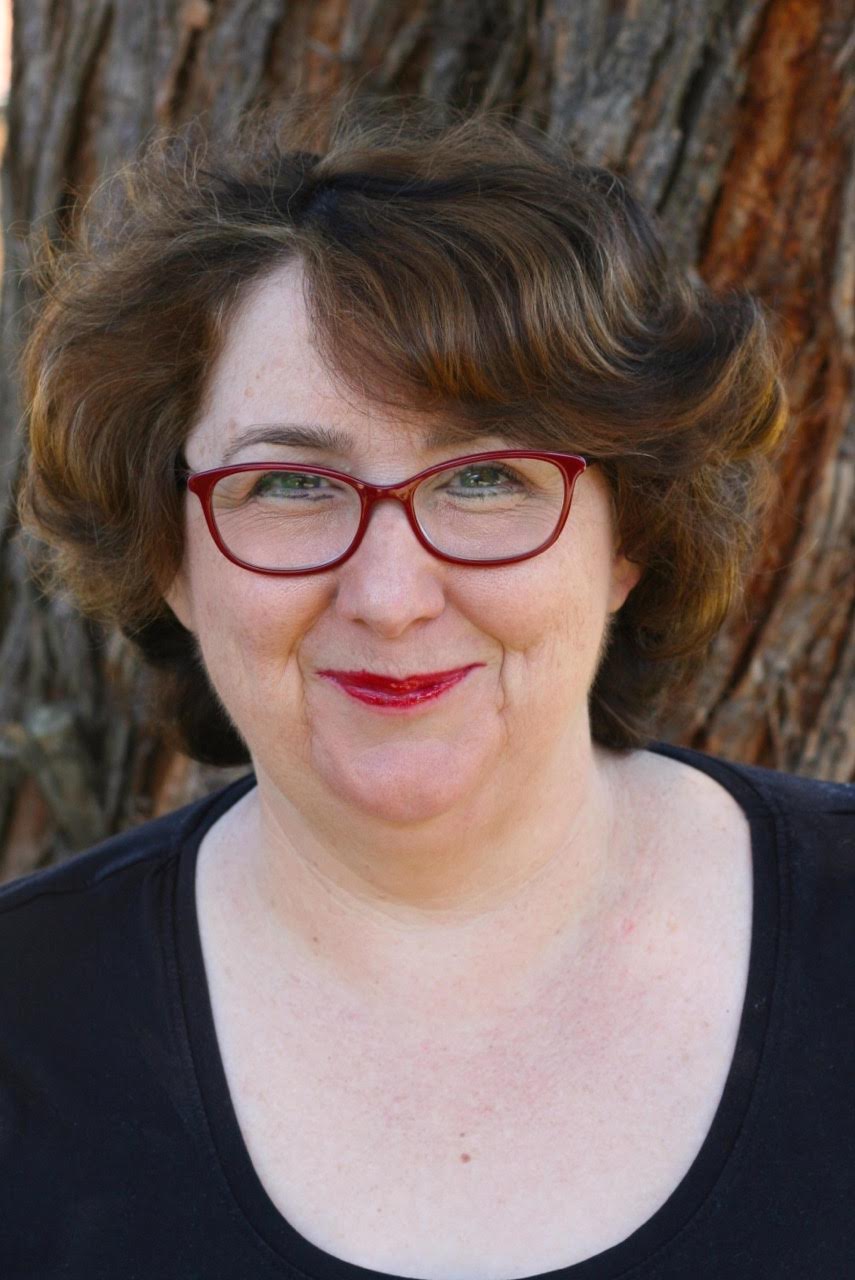

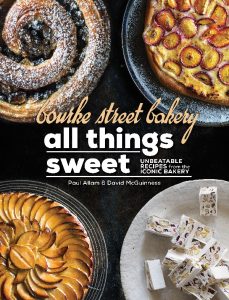

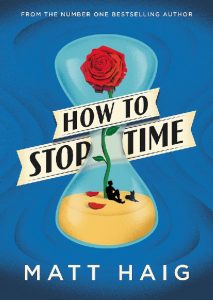
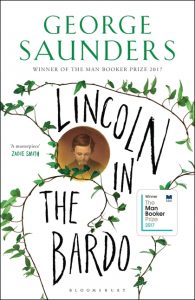

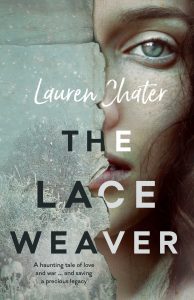
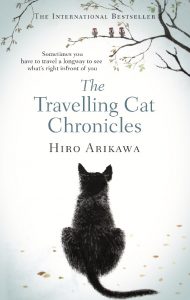

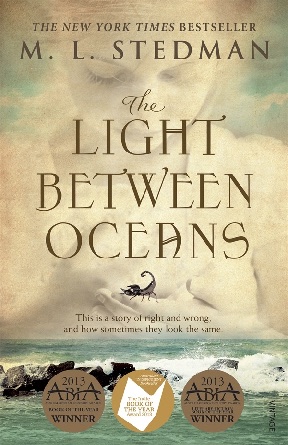
2 Responses to Guest Post: Pamela Hart – How Bigamy Inspired the War Bride